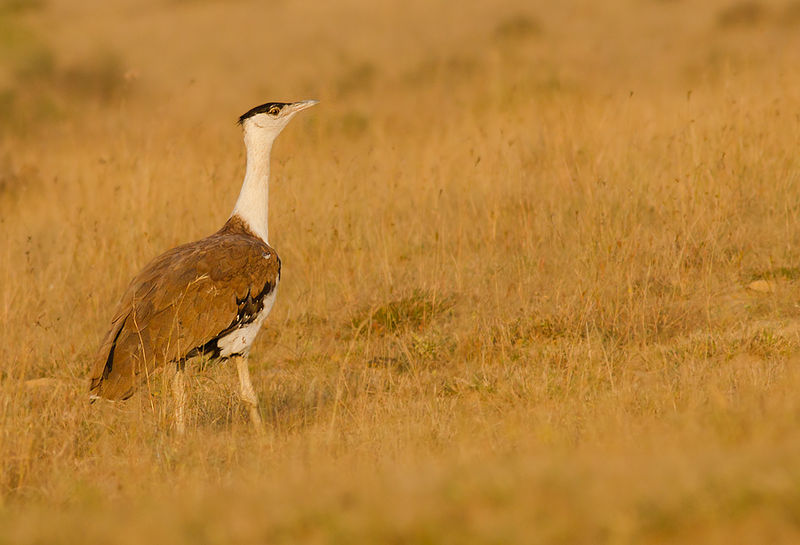The Supreme Court, in a recent order, decided to constitute an expert committee to look into the issue of laying underground (UG) cables, in place of overhead transmission lines, in priority and potential habitations of the endangered Great India Bustard (GIB) in Gujarat and Rajasthan. This Supreme Court order could potentially relax its order of April 2021 on the same subject.
The committee that predominantly consists of wildlife experts, representing entities like National Board for Wildlife, Wildlife Institute of India, The Corbett Foundation, etc, will also have representations of power transmission-related bodies including Central Electricity Authority (CEA) and Central Transmission Utility of India Ltd (CTUIL).
The committee’s task would be to determine the scope, feasibility and extent of overhead and underground electric lines in the area identified as priority area in the reports of the Wildlife Institute of India, in Rajasthan and Gujarat.
The committee has also been entrusted with the task of “identification of suitable alternatives in the context of sustainable development in the matter of laying long future power lines which should balance the protection of the conservation and protection of the GIB together with the arrangement of power lines in a manner that would facilitate the fulfillment of the international commitments made by India for developing renewable sources of energy,” the SC order stated.
The committee is expected to submit its report to the Supreme Court, through the Government of India, on or before July 31, 2024. The Supreme Court will take up the matter next in the second week of August 2024.
Injunction of previous SC order
In April 2021, the Supreme Court had passed an order, also based on suggestions of a then-appointed special committee, directing that in all cases where overhead power lines existed in priority and potential GIB areas, steps shall be taken to install bird diverters. Moreover, the Supreme Court had directed that in all cases where it was found feasible to convert overhead lines to underground lines, they shall be undertaken and completed within a period of one year.
Additional affidavit
The latest Supreme Court order follows an affidavit filed by the Union Government wherein it has submitted that laying of underground power lines – whether high voltage or low voltage – was practically impossible to implement. The affidavit also states that the Union government was taking comprehensive steps for conservation and protection of GIB, and that a blanket imposition (stemming from the SC order of April 2021) was not feasible to implement, and would not result in achieving the purpose of conservation of GIB. The affidavit also states that the Union government was committed at the international level of reduce India’s carbon footprint and setting up of renewable energy-based power plants was key to implementation of these commitments.
GIB-affected areas
The total GIB potential habitat area in Rajasthan is 78,580 sqkm, which covers 23 per cent of the entire state’s area. Due to good irradiation and abundant land, western Rajasthan (where potential GIB area is mainly found) has very high potential for solar and wind generation. Currently, around 19 GW of renewable energy capacity has already been established in Rajasthan, much of it falling under GIB areas. Further, under the Rajasthan Solar Energy Zone (Phase-2 of 8.1 GW and Phase-3 of 20 GW), additional 28 GW of renewable energy generation has been envisaged. About 25 GW of this falls under potential GIB areas.
Featured photograph (source: Wikipedia) shows a Great Indian Bustard walking in Naliya grasslands, Kutch, Gujarat.
Photo Courtesy: By Prajwalkm – Own work, CC BY-SA 3.0
Photo Source: https://commons.wikimedia.org/w/index.php?curid=31998261

